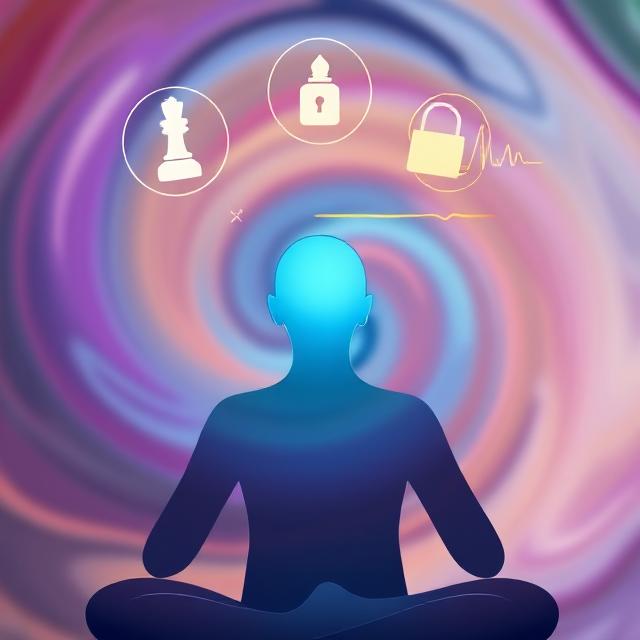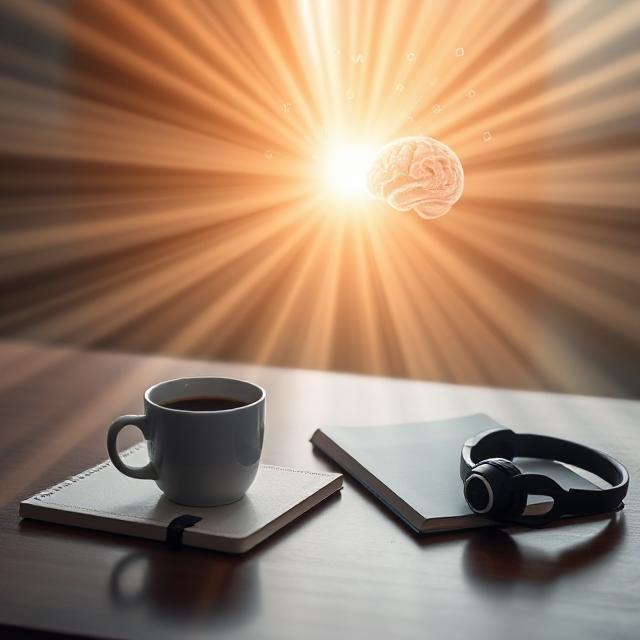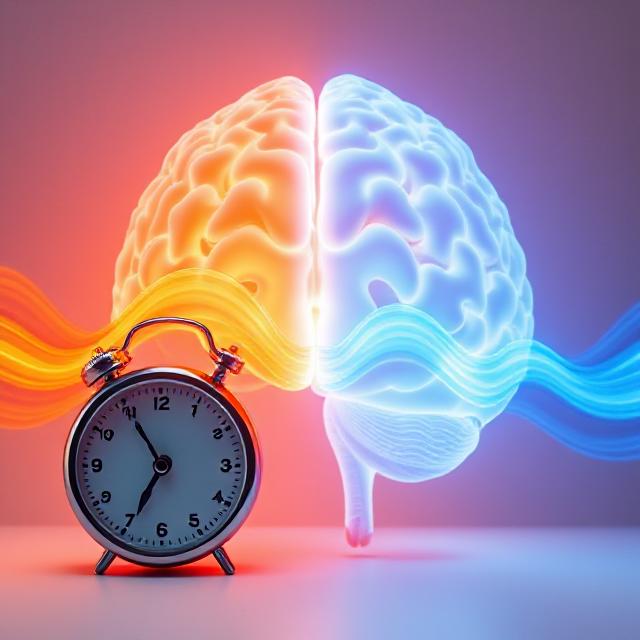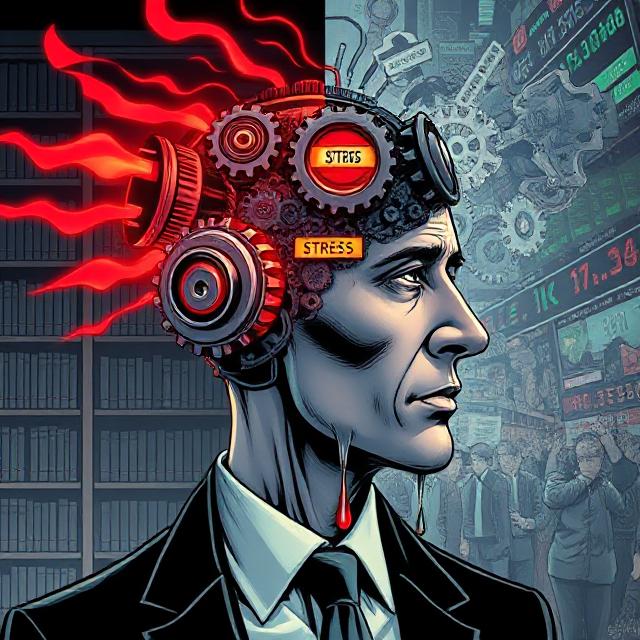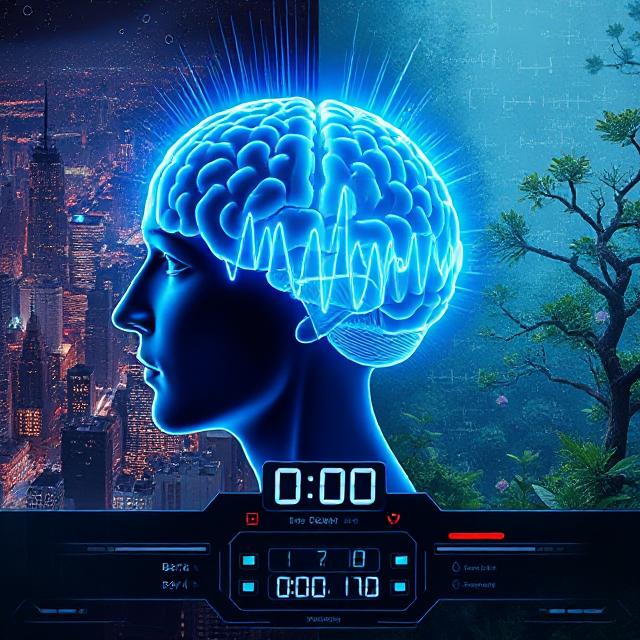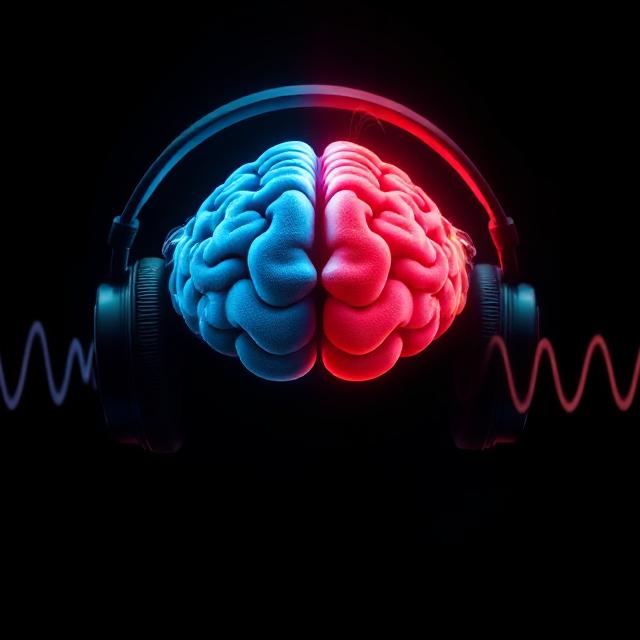
Table of Contents
Binaural Beats vs Isochronic Tones for Study Focus
Introduction: Can Sound Shape Your Focus?
Focus is fragile—but what if you could tune your brain into clarity using sound? That’s the promise of binaural beats and isochronic tones, two forms of audio brainwave entrainment that claim to enhance mental performance. But how do they work, and which one is better for studying?
In this article, we’ll unpack the science behind both sound techniques, compare their effects on brainwaves and attention, and offer real-world guidance to help you decide which method to use for deep study sessions.
What Are Binaural Beats?
Binaural beats work by playing two slightly different frequencies in each ear. Your brain perceives a third frequency—the difference between the two—and starts to synchronize with it. This phenomenon is known as frequency following response (FFR).
For example:
- Left ear: 200 Hz
- Right ear: 210 Hz
- Perceived beat: 10 Hz → typically associated with alpha brainwaves (relaxed focus)
Common frequency ranges used:
- Delta (0.5–4 Hz): deep sleep
- Theta (4–8 Hz): creativity, meditation
- Alpha (8–12 Hz): calm focus
- Beta (13–30 Hz): active concentration
- Gamma (30+ Hz): high-level problem solving
Pros:
- Great for headphone users
- Can induce deep states of flow or calm
- Non-invasive and subtle
Cons:
- Requires headphones to be effective
- Some users find the sound too subtle or slow to take effect
What Are Isochronic Tones?
Isochronic tones are single tones that pulse on and off at precise intervals. Unlike binaural beats, they don’t require headphones and are more overtly rhythmic.
The pulsing nature creates a more pronounced auditory stimulus, making it easier for the brain to entrain to specific frequencies.
Example:
- 10 Hz isochronic tone pulses 10 times per second = associated with alpha waves
Pros:
- Works through speakers or headphones
- More direct and intense
- Easy to integrate into ambient study music
Cons:
- Can be distracting or too mechanical for some
- Less suitable for deep meditative states
Brainwave Synchronization & Focus Enhancement
Both technologies aim to entrain brainwaves—a process where your brain’s electrical patterns sync to an external frequency. This is tied to cognitive states like:
| Brainwave | Frequency | State |
|---|---|---|
| Delta | 0.5–4 Hz | Deep sleep |
| Theta | 4–8 Hz | Creativity, dreaming |
| Alpha | 8–12 Hz | Calm focus, alert relaxation |
| Beta | 13–30 Hz | Active thinking, problem solving |
| Gamma | 30+ Hz | High-level learning, insight |
Study focus often falls into alpha and low beta ranges, depending on your task:
- Alpha (8–12 Hz): Great for reading, calm absorption
- Beta (13–18 Hz): Ideal for writing, problem-solving
- Gamma (30–40+ Hz): Suited for complex synthesis and insight
Which One Is Better for Study Focus?
| Feature | Binaural Beats | Isochronic Tones |
|---|---|---|
| Equipment Needed | Headphones | Any speaker |
| Subtlety | Subtle, immersive | Strong, rhythmic |
| Best For | Meditative focus, calm study | Energetic focus, productivity |
| Recommended Use Time | 15–60 minutes | 5–30 minutes |
| Sound Compatibility | Harder to mix with music | Easier to layer with ambient |
Verdict:
- Use binaural beats when you want a calmer, immersive study state—especially for reading or absorbing difficult material.
- Use isochronic tones for a sharper focus—ideal for timed writing, coding, or problem-solving.
Scientific Research: What the Studies Say
Binaural beats:
- A 2020 meta-analysis (Frontiers in Human Neuroscience) found that binaural beats can improve working memory, attention, and relaxation, especially when used regularly.
- Effects are more pronounced at alpha and theta frequencies with consistent exposure.
Isochronic tones:
- A 2017 study (Journal of Cognitive Enhancement) reported significant improvement in reaction time and sustained attention among students using beta-frequency isochronic tones.
- More effective when paired with ambient soundscapes.
Limitations: Most research is still in early phases, and individual responses vary. The brain’s plasticity and expectations play a major role in perceived effects.
How to Use These Tools in Your Study Ritual
- Choose Your Goal:
- Relaxed focus → Alpha (8–12 Hz)
- Mental activation → Beta (13–18 Hz)
- Deep insight or synthesis → Gamma (30–40+ Hz)
- Pick the Right Audio:
- Use trusted platforms: Brain.fm, YouTube channels like “Brainwave Entrainment”, or apps like Endel or Insight Timer.
- Set a Timer:
- Start with 20 minutes and observe your focus levels.
- Use as a warm-up before Pomodoro sessions or deep work.
- Track the Effects:
- Journal your mood, focus, and retention.
- Note which frequencies or audio formats work best for you.
Final Thoughts: Which Is Right for You?
There’s no single “best” sound for everyone. Your personal neurophysiology, task type, and environment all influence how you respond. Try both techniques and let your focus state be the guide.
Remember: The goal isn’t to chase effects—it’s to build rituals that support sustained flow and clarity.
